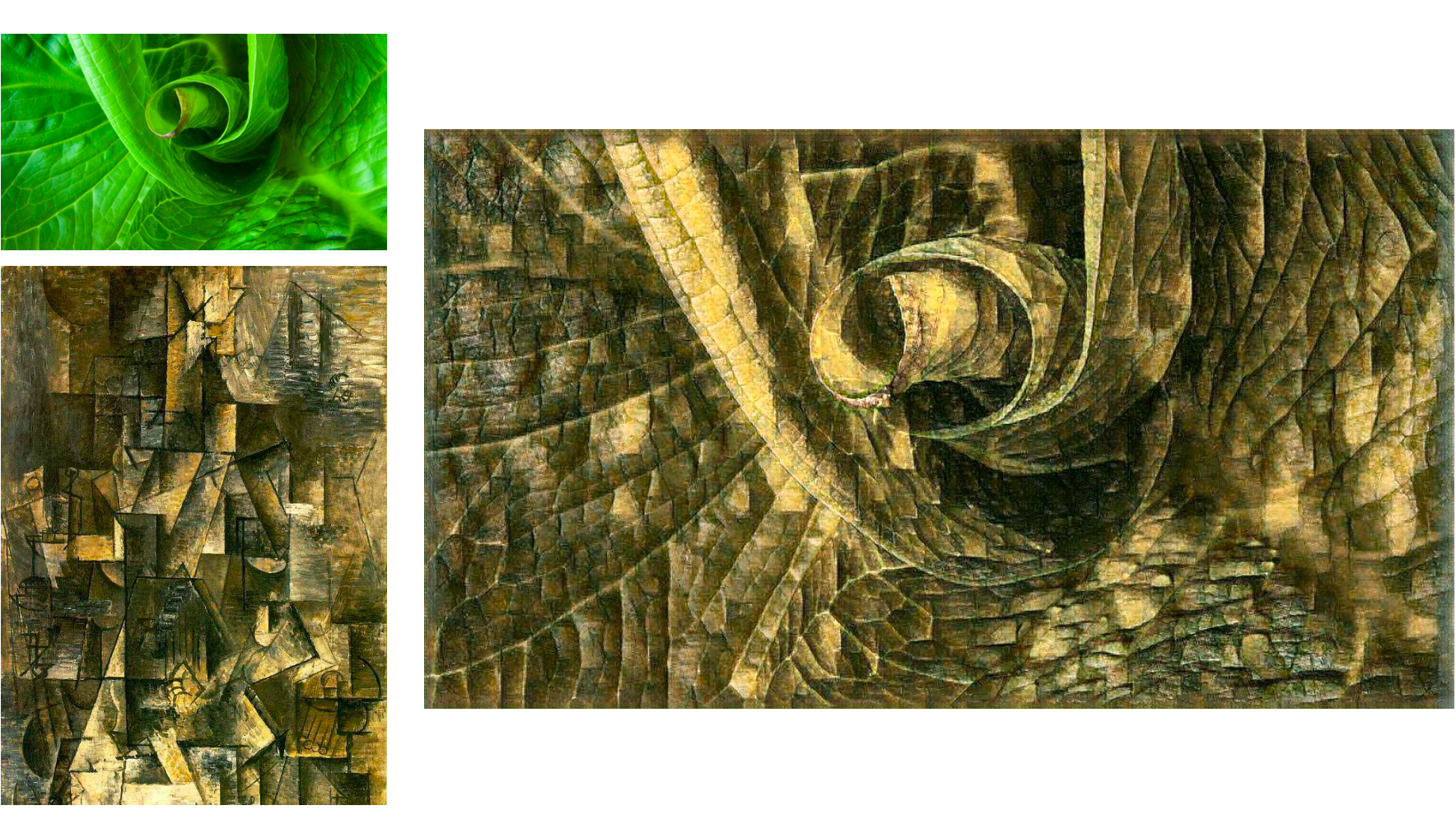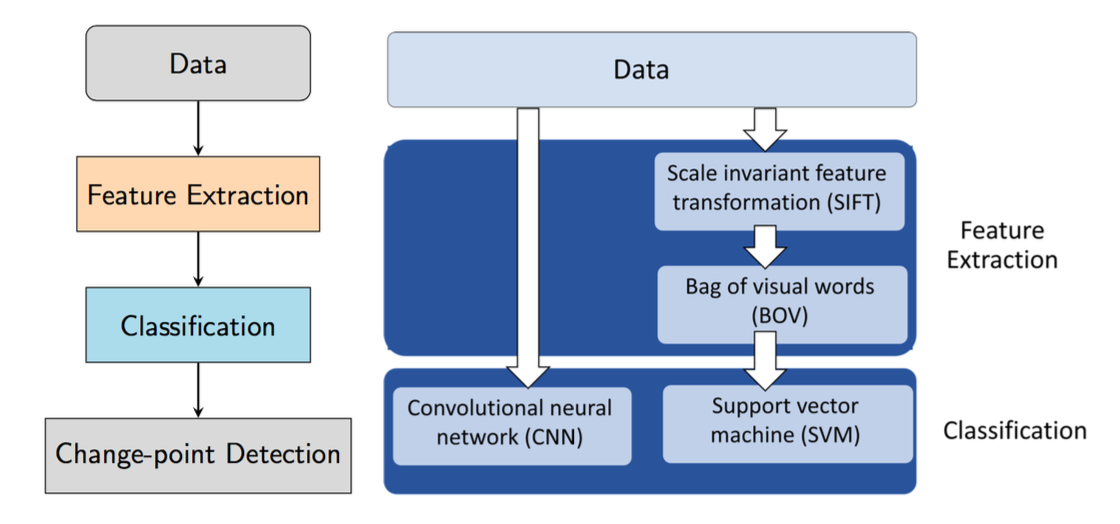Graduate Students
- Peiyi Zheng, Ph.D. Student, Fall 2024
- Maxime Boutillier, MMath's Student in Computational Math, Fall 2024 (co-supervised with Saeed Ghadimi)
- Omar Hayat, MMath's Student in Computational Math, Fall 2024 (co-supervised with Saeed Ghadimi)
- Sammy Shi, MMath's Student, Spring 2024
-
Yanming Kang, Ph.D. Student from Fall 2020 (co-supervised with Hans De Sterck)
- Project: Fast Multipole Attention: A Divide-and-Conquer Attention Mechanism for Long Sequences
-
Phuong Dong Le, Ph.D. Student from Fall 2020 (co-supervised with Hans De Sterck)
- Project: Machine Learning Methods for Solving PDEs
-
Esha Saha, Ph.D. Student, Fall 2019 - Fall 2024
- Project: Sparse Random Feature Methods for Dynamical Systems
- Current position: Postdoc at Department of Mathematical and Statistical Sciences, University of Alberta
-
Selected awards:
- 2023/2024 Applied Mathematics Graduate Research Paper Award, University of Waterloo
- 2024 Killam/Notley Postdoctoral Fellowship, University of Alberta
-
Nicholas Richardson, MMath's Student, Fall 2020 - Winter 2022
- Thesis: A Sparse Random Feature Model for Signal Decomposition
- Current position: Ph.D. Student at the University of British Columbia
-
Selected awards:
- 2021/2022 Alexander Graham Bell Canada Graduate Scholarship-Master’s (CGS M)
- NSERC Postgraduate Scholarships – Doctoral (PGS-D) at the University of British Columbia
-
Duy Nguyen, MMath's Co-op Student, Winter 2020 - Winter 2022
- Thesis: Some Mathematical Perspectives of Graph Neural Networks
- Current position: Software engineer at Amazon
Undergraduate Students
-
Gengyang Chen, Mathematics Undergraduate Research Award (MURA), Spring 2024
- Project: Transformers as Function Approximation
-
Valentio Iverson, Part-Time Undergraduate Research Assistant, Fall 2023
- Project: Mathematics of Transformers
-
Armaan Arafat Hussain, Part-Time Undergraduate Research Assistant, Spring 2023
- Project: Forecasting Seasonal Epidemics using Random Feature Methods
-
Xinwen Ding, Part-Time Undergraduate Research Assistant, Winter and Spring 2023
- Project: Nonnegative Matrix Factorization, Wasserstein Metric, Sparse Random Features, and Source Separation (cont'd)
-
Xinwen Ding, Mathematics Undergraduate Research Award (MURA), Fall 2022
- Project: Nonnegative Matrix Factorization, Wasserstein Metric, Sparse Random Features, and Source Separation
-
Ben Stan, Co-op Undergraduate Research Assistant, Winter 2021
- Project: Linear Algebra and Neural Networks
-
Jiahui Cheng, NSERC USRA, Spring 2019
- Project: Mathematical Perspectives of Neural Networks
-
Martin Pham, NSERC USRA, Spring 2018
- Project: ResNet-based Framework for Image Style Transfer
Recent Projects for Undergraduate Students
ResNet-based Framework for Image Style Transfer
Student: Martin Pham
Program: NSERC Undergraduate Student Research Awards (USRA) Summer 2018, University of Waterloo

Deep convolutional neural networks have been successfully applied to various image processing tasks such as classification, segmentation, colourization and super-resolution with performance comparable to state-of-the-art traditional methods. However, there are still many challenges with designing, implementing and efficiently training such networks. Differential equations are used to model physical phenomenon and more recently image processing tasks. Formulating neural networks for image processing tasks as differential equation problems may thus rely on the large body of their theory to provide some insight on the design and training. This project will compare two neural network architectures (ResNet and FractalNet) for an image styler transfer problem and relate them to analogous numerical differential equations.
Change-point Detection Methods for Body-Worn Videos
Students: Stephanie Allen, David Madras, Ye Ye, and Greg Zanotti
Program: Research in Industrial Projects for Students (RIPS) 2016, Institute for Pure & Applied Mathematics, UCLA

Body-worn video (BWV) cameras are increasingly utilized by police departments to provide a record of police-public interactions. However, large-scale BWV deployment produces terabytes of data per week, necessitating the development of effective computational methods to identify salient changes in video. In work carried out at the 2016 RIPS program at IPAM, UCLA, we present a novel two-stage framework for video change-point detection. First, we employ state-of-the-art machine learning methods including convolutional neural networks and support vector machines for scene classification. We then develop and compare change-point detection algorithms utilizing mean-squared-error minimization, forecasting methods, hidden Markov models, and maximum likelihood estimation to identify noteworthy changes. We test our framework on detection of vehicle exits and entrances in a BWV data set provided by the Los Angeles Police Department and achieve over 90% recall and nearly 70% precision -- demonstrating robustness to rapid scene changes, extreme luminance differences, and frequent camera occlusions. In collaboration with Prof. P. Jeffrey Brantingham from UCLA and the Los Angeles Police Department. Published on SIURO, 2017.
Real-time Bidding Optimization for Online Advertising
Students: Megan Davis, Isaac Bjorke, Charlotte Ellison, and Aritra Ghosh
Program: Research in Industrial Projects for Students (RIPS) 2015, Institute for Pure & Applied Mathematics, UCLA
In the online advertisement industry, real-time bidding (RTB) auctions have been popularly used as a method of website advertisement allocation. A representative of the website contacts a sell-side platform who holds a second-price sealed-bid auction real-time to sell the ad space to a select number of advertising agents. Sell-side platforms are interested in choosing the optimal floor price to maximize their revenue. In our research carried out at Research in Industrial Projects for Students (RIPS) Program at IPAM, UCLA during the summer of 2015, our team established two different learning models for choosing these revenue-maximizing optimal floor prices. These algorithms observe the highest bids received from previous auctions and constantly update an optimal floor price that is submitted to new auctions. These algorithms are performed on different groups of impressions to ensure proper product-differentiation. To assist in the efficiency of product-differentiation, we propose potential clustering methods of impression types. We ran each algorithm on simulated RTB environments to demonstrate their effectiveness. In collaboration with GumGum.
